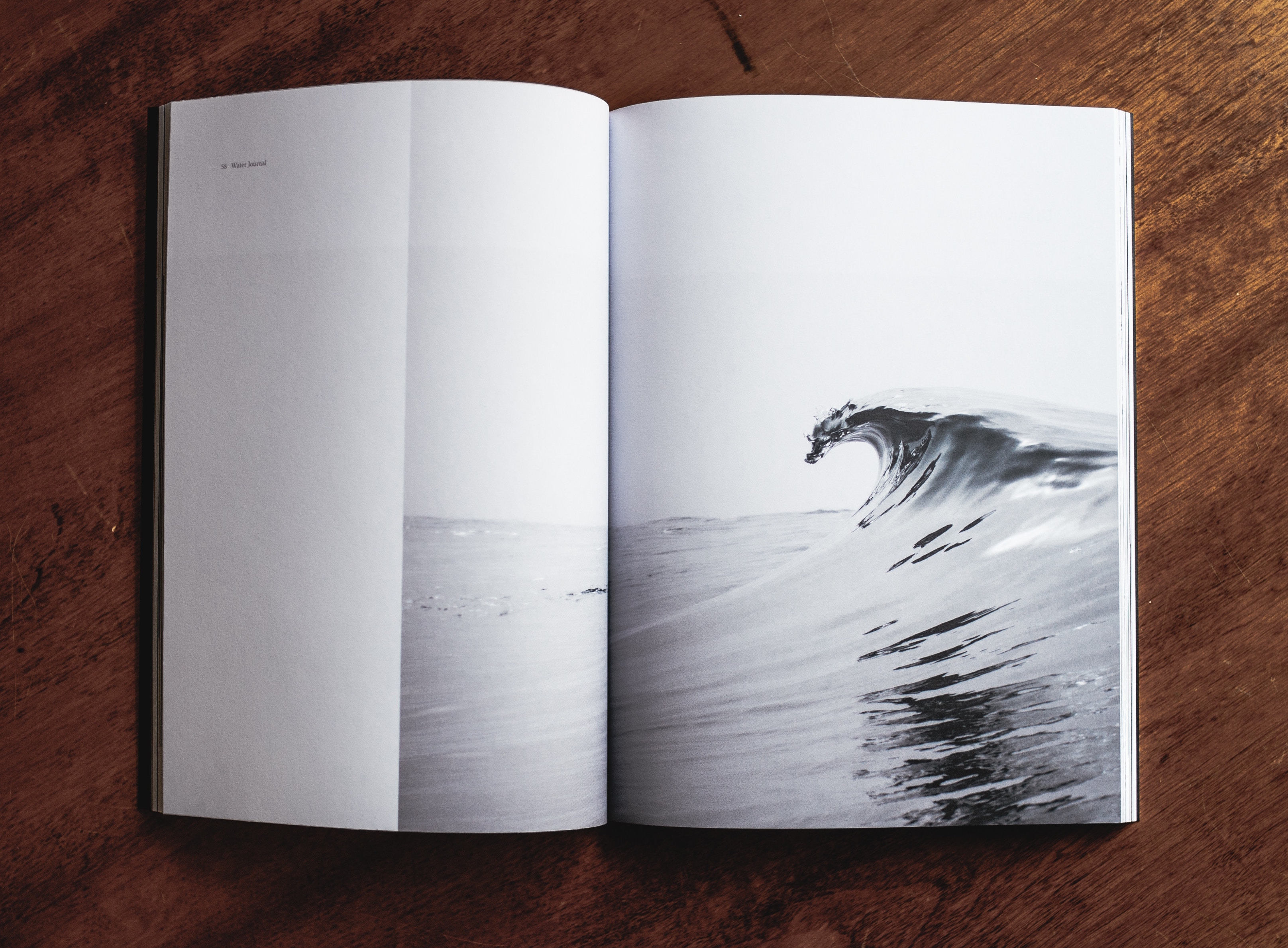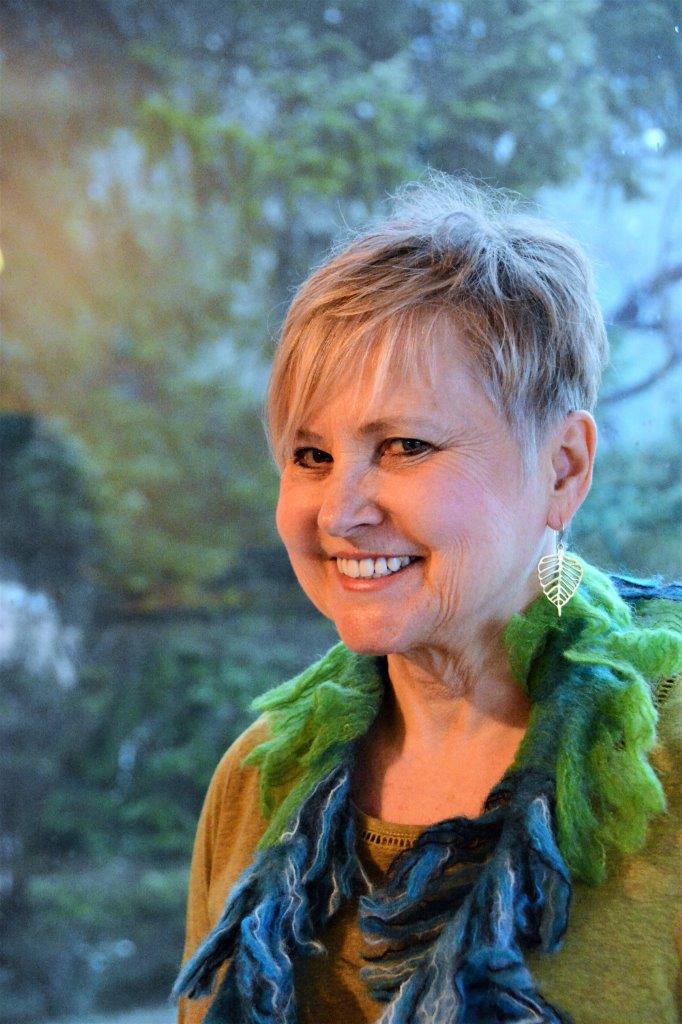By Edith Friesen for Enlivening Edge Magazine
 How do I write a potent seed story to or from the future, one that touches the readers of Enlivening Edge Magazine and makes a real difference in the world? I thrill to this question because it turns readers into writers, and writers into agents of evolution. My answer, here, is funneled through a Teal or Integral perspective, and through the most powerful five-step writing process I know.
How do I write a potent seed story to or from the future, one that touches the readers of Enlivening Edge Magazine and makes a real difference in the world? I thrill to this question because it turns readers into writers, and writers into agents of evolution. My answer, here, is funneled through a Teal or Integral perspective, and through the most powerful five-step writing process I know.
Attune As soon as you sit down to write, take a few moments to attune to your deepest self in whatever way works for you. One of my favourite practices is to breath into my deepest heart. This helps me feel grounded, relaxed, and connected.
 Focus Next, become aware of why your story matters to the larger context. I usually drill down to the vulnerable and fearless heart of a story, to the palpable essence of it, and to the evolutionary purpose that compels me to tell it.
Focus Next, become aware of why your story matters to the larger context. I usually drill down to the vulnerable and fearless heart of a story, to the palpable essence of it, and to the evolutionary purpose that compels me to tell it.
Write Now you are almost ready to write. I like to have some kind of framework humming quietly in the background as I write. This helps me stay on track. One of the most powerful and enduring frameworks for telling a story is the three-part hero’s journey popularized by Joseph Campbell.
In its most straightforward and linear form, such a story begins with the set-up and initiating incident. It moves toward a struggle and climax. And it ends with a realization and resolution.
For a more dramatic and magnetic effect on your reader, you can begin with the struggle and climax. Then, circle back to the set-up and initiating incident. End with the realization and resolution.
 If there is a surprise hidden inside a dramatic story, begin with the struggle and climax. Then move forward to the realization and resolution. Finally, circle back to the set-up and initiating incident, which is often an undercurrent or shadow that was hidden from you. This is also a powerful way of finding the deeper story while you are writing.
If there is a surprise hidden inside a dramatic story, begin with the struggle and climax. Then move forward to the realization and resolution. Finally, circle back to the set-up and initiating incident, which is often an undercurrent or shadow that was hidden from you. This is also a powerful way of finding the deeper story while you are writing.
In the spirit of self-management, I choose the framework that feels most natural, alive, and flow-some to me. Then I tuck it into the background of my awareness, knowing I can turn on a dime if a different framework feels more right.
Now you are ready to write your first draft. The secret to writing a strong first draft is to pour yourself onto the page, to write that messy first draft in one gush—with the wind at your back. No stopping, no self-censorship, no second-guessing, no revisions. Just keep your hand and the energy moving.
A couple of tips. I write from a sense of my own wholeness to the wholeness of my reader. And I prefer to give myself a tight timeframe because this stimulates creative friction and aliveness.
Revise While revision is usually the most time consuming part of writing a story, it can also be the most playful. Now you get to step back, become agile, and shift perspectives in typical Integral style.
This is how I do it.
 First, I read my writing aloud to myself and use my body as an instrument, in a sense-and-respond manner. Where does the text make me come alive? Where do I light up? Where does my whole being say yes? I also notice where I stumble, where my eyes glaze over, and where my mind wanders. Chances are, my responses will mirror those of my audience. Then I free my text from any bumps, blocks, or blunders. And I create smooth transitions between ideas and paragraphs for my reader.
First, I read my writing aloud to myself and use my body as an instrument, in a sense-and-respond manner. Where does the text make me come alive? Where do I light up? Where does my whole being say yes? I also notice where I stumble, where my eyes glaze over, and where my mind wanders. Chances are, my responses will mirror those of my audience. Then I free my text from any bumps, blocks, or blunders. And I create smooth transitions between ideas and paragraphs for my reader.
Next, I funnel my writing through a developmental perspective. I lift above the text and run down this checklist. Does my presence on the page come alive? Have I complied with the writer’s guidelines? Does my story contribute to the advancement of organizations, social systems, and humanity? Have I written it in a reader-friendly way? Does my story include useful examples of wholeness, self-management, or evolutionary purpose? If something doesn’t check, I make adjustments.
 I also check out what might be missing. Do my heart and soul shine through? Have I written my story in a skillful, embodied, and enlivened manner? Have I connected with my readers in a way that could expand, evolve, or transform the conversation? What viable seeds does my story contribute to the Next-stage ecosystem and to the future?
I also check out what might be missing. Do my heart and soul shine through? Have I written my story in a skillful, embodied, and enlivened manner? Have I connected with my readers in a way that could expand, evolve, or transform the conversation? What viable seeds does my story contribute to the Next-stage ecosystem and to the future?
And now for the grand finale, the crucial element that wraps up your story and takes it to a new level. In keeping with the evolutionary purpose of your story, you might pose a useful or generative question. You might post a genuine invitation to engage with your audience. You might present a compelling vision that your readers can put their arms around. You might even posit a stunning metaphor that turns on the lights and reaches everyone.
Validate Here’s one last step to let you know if your evolutionary purpose for writing an article aligns with its impact. If possible, read your story to a potential reader and ask for a specific, subjective response, one that aligns with your intention. In the case of a seed story, I might ask: What does this story inspire in you? What action are you willing to take as a result? The hearer’s response will let you know how close you’ve come to the mark.
You are now ready to submit your story to Enlivening Edge Magazine ([email protected]) where the gentle hands of our editor will midwife it into the world.
While you are at it, be sure to check out this action research project in Russia and globally that is collecting seed stories for and from the future. Your short seed story might be published on the bilingual website. Who knows what worlds and futures your seed could set free?

As a lifelong writer, Edith has worked in diverse organizations and coached writers. She enjoys helping people write in Teal-inspired ways that touch the body, heart, soul, and mind. Send email to arcadiawilds
Featured Image Photo by Josh Boot on Unsplash
Photo by Coley Christine on Unsplash
Photo by Andrew Neel on Unsplash
Photo by Marco Secchi on Unsplash
Photo by Adam Whitlock on Unsplash
Photo by Garidy Sanders on Unsplash




